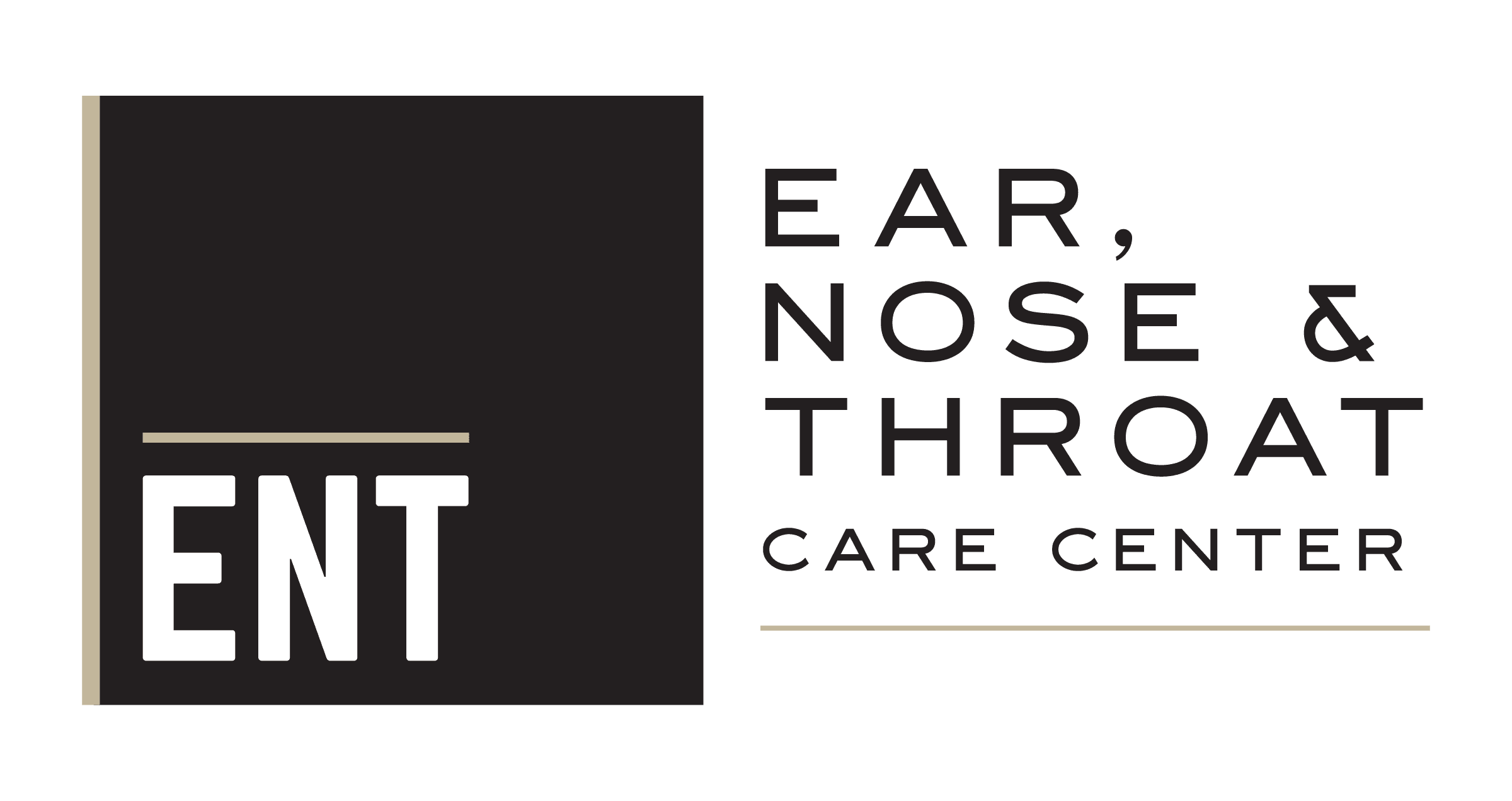Nosebleeds

Epistaxis is the medical term for nosebleeds. Most nosebleeds can be easily treated. In rare cases, they can be a symptom of a more dangerous problem such as a tumor, infection, or autoimmune disease. People with frequent nosebleeds associated with other symptoms should seek medical attention as soon as possible.
What Causes Nosebleeds?
Nosebleeds result from broken blood vessels due to the membranes that line the nose becoming dried out or irritated. They are more common in the winter when the air is dry. Other factors are colds, allergies, sinus infections, blowing the nose too hard, or nasal fractures. Most nosebleeds occur in the front of the nose. These are characterized by anterior nosebleeds which are easy to control and do not pose a problem. Posterior nosebleeds are rare, but more serious. They originate from an artery in the back of the nose, and require immediate hospitalization and treatment. This is more common in the elderly.
How Are Nosebleeds Treated?
If you experience a nosebleed, sit down and lean forward slightly while pinching your nostrils together using a thumb and index finger. Hold this for at least five minutes or until bleeding stops. Do not blow your nose afterwards. If there is prolonged bleeding or is the result of an injury, seek medical attention.
Cauterization Of Chronic Nosebleeds
People with persistent nosebleeds, due to an engorged vein or artery, may benefit from cauterization. This procedure involves applying heat to slightly burn a blood vessel in the nose which stops the flow of blood. This is a quick procedure that can be done using a heated needle or a caustic agent such as silver nitrate.
